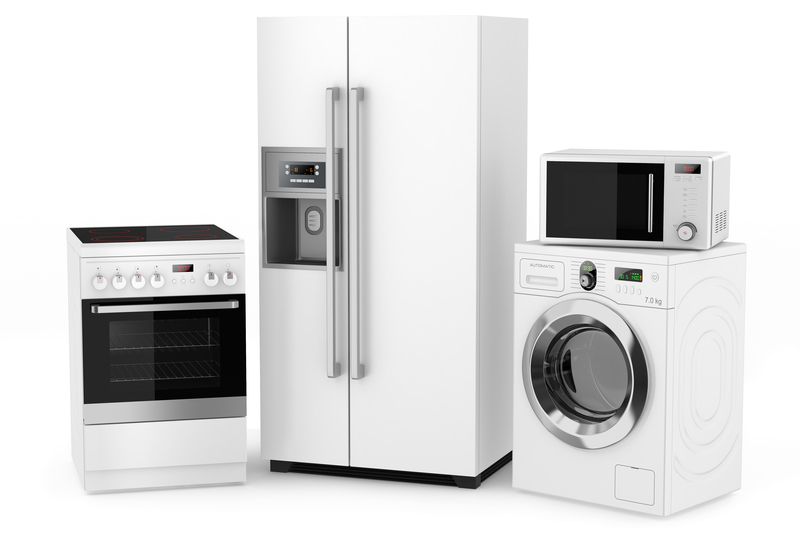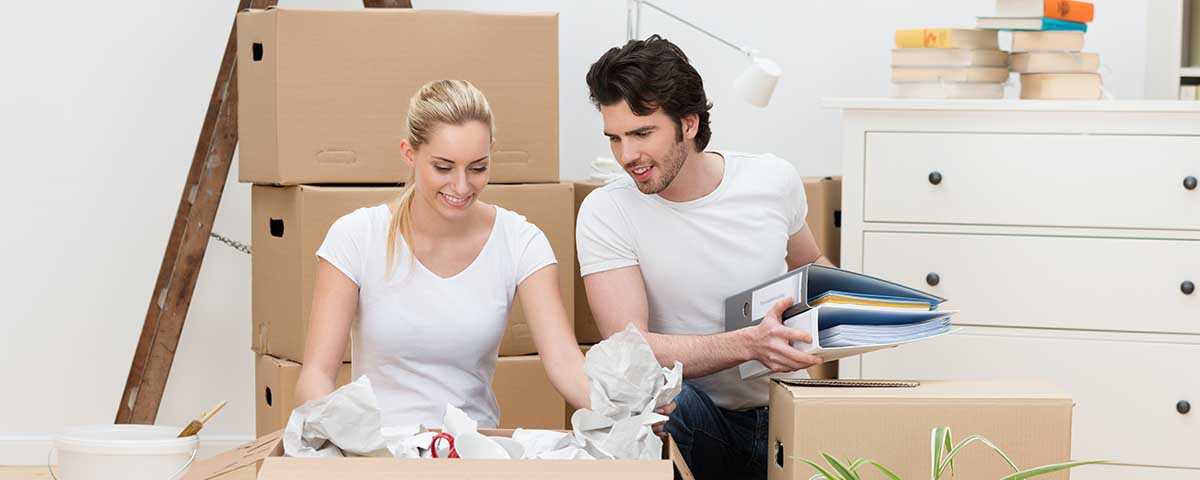Why Moving a Piano Yourself Is a Musician's Worst Decision
Posted on 13/06/2025
Why Moving a Piano Yourself Is a Musician's Worst Decision
Are you contemplating moving your piano by yourself? While it may seem like a cost-saving idea at first, moving a piano on your own can be disastrous for both your cherished instrument and your wellbeing. Read on to discover why DIY piano moving is a mistake you don't want to make, and what every musician should know about keeping both their investment and safety intact.
The Unique Challenges of Piano Relocation
Pianos are not just another piece of furniture. They are intricate, valuable, and delicate instruments. Whether you own a spinet, upright, baby grand, or concert grand piano, attempting to move a piano yourself can expose you to a range of problems. Here's why:
- Size and Weight: Even the smallest pianos can weigh several hundred pounds, and larger grands can tip the scales at over 1,200 pounds.
- Fragility: The internal components--strings, hammers, pedals--are painstakingly arranged and highly sensitive to movement and shock.
- Shape: Pianos are bulky, awkward, and often feature protruding parts and delicate finishes that are easily damaged.
- Balance and Center of Gravity: Their weight is not evenly distributed, making them tricky to maneuver, especially through narrow halls or sharp turns.

The Real Risks of Moving a Piano Without Professional Help
1. Risk of Severe Injury
Musicians thrive on their ability to play, and trying to relocate a piano yourself is a surefire way to jeopardize your well-being. Some of the most common injuries from amateur piano moving include:
- Back strains or herniated discs
- Crushed fingers or toes
- Muscle tears and sprains
- Broken bones from slips and falls
One misstep--such as a slip on the stairs, an unexpected loss of grip, or an unanticipated shift in weight--can have devastating and lasting consequences for musicians who rely on their physical health.
2. Damage to Your Precious Instrument
It's easy to underestimate how fragile a piano can be when moved improperly. DIY piano relocations often result in:
- Scratched or chipped wood and broken veneers
- Broken legs, pedals, or lids
- Shifting or snapping of internal strings
- Soundboard and harp damage
- Poor tuning or complete unplayability
Piano repairs are notoriously expensive, often costing more than hiring a team of professionals in the first place. In some cases, the damage can be irreparable, rendering your beloved instrument useless.
3. Potential Damage to Property
Besides the piano itself, there's a good chance other valuables and structural components of your home will be at risk if you try lifting a piano alone:
- Scuffed floors and torn carpets
- Dented walls and doorframes
- Broken railings or steps
- Damaged doors
Trying to squeeze a large upright or grand piano through tight stairwells or narrow doorways has resulted in thousands of dollars' worth of home damage for unwary DIY movers.
The Complexity of Piano Construction
To truly understand why moving a piano yourself is a musician's worst decision, it's important to appreciate the complexity of the instrument:
- Thousands of parts: Inside a piano, there are more than 10,000 moving components working in harmony.
- Delicate soundboards: The heart of the piano, the soundboard, is extremely sensitive to jarring movements and impacts.
- Precise calibration: Every string, hammer, and pedal has been finely tuned for tonal perfection.
Any bump, tilt, or sudden shock can knock your piano out of alignment or worse, cause irreversible damage.
Professional Piano Movers: What They Bring To The Table
Specialized Tools and Equipment
Experienced piano movers utilize purpose-built equipment to ensure a safe move, such as:
- Piano dollies and skids
- Heavy-duty lifting straps
- Padding and wraps tailored for pianos
- Skilled techniques for stairways and tight spaces
Expertise and Experience
Unlike casual helpers, piano moving professionals have conquered steep staircases, winding hallways, and perilous thresholds hundreds of times before. They know just how to balance, lift, pivot, disassemble, and reassemble every make and model.
Insurance and Peace of Mind
Quality piano movers carry both liability and instrument-specific insurance. If (on the rare chance) something does go wrong, you're financially protected--a luxury that no do-it-yourself endeavor can provide. Your priceless investment deserves nothing less.
Common Myths About Moving Pianos Yourself
Myth 1: "I Can Save Money If I Do It Myself"
While skipping professional movers might seem like a budget-friendly option, the potential cost of:
- Repairing a dropped or damaged piano
- Medical treatment for moving injuries
- Fixing property damage
Far outweighs the modest price of hiring experts. In many cases, a botched DIY move ends up costing far more in repairs and recovery than a professional move ever would have.
Myth 2: "With Enough Friends, We Can Handle It"
Even with a team of strong buddies, lack of technique and experience quickly becomes apparent. Without coordinated effort, proper pacing, and an understanding of weight distribution, accidents are almost inevitable.
Myth 3: "Proper Equipment Isn't Necessary"
Improvising with standard dollies or furniture pads can be a recipe for disaster. Pianos require specialized tools and movement protocols. Improvisation is not an option when the stakes are this high.
What Can Go Wrong: Real-Life Piano Moving Disasters
A Cautionary Tale
Consider the aspiring concert pianist who enlisted a few friends to help relocate their baby grand. They attempted to take it down a flight of stairs using just a blanket as padding and a generic hand truck. Within seconds, the piano slipped, crashed through a banister, and lost an entire front leg. The repair bill? Over $3,000--more than double the cost of a professional, insured move.
Insurance Nightmares
Homeowners insurance may not cover you for accidental damage to valuable musical instruments during a DIY move. You could be left not only with a broken piano but also with a massive out-of-pocket expense.
How Professionals Move a Piano Safely and Efficiently
Here's a step-by-step look at how certified piano movers handle this delicate operation:
- Assessment and Planning: Experts measure doorways, stairwells, and plan the entire moving route in advance, identifying obstacles and strategies for maneuvering the instrument safely.
- Preparation: The piano is carefully wrapped, and detachable parts (like legs and lids) are removed and padded.
- Specialized Lifting: Movers use dedicated equipment to lift the piano onto skids or dollies, distributing weight evenly and avoiding stress on the frame or joints.
- Safe Transport: The instrument is loaded onto vehicles with ramps or hydraulic lifts, then secured to prevent shifting during transit.
- Reassembly and Placement: Upon arrival, the piano is reassembled and positioned with precision, often followed by professional tuning.
Why Musicians Should Never Move Pianos Themselves
- You risk serious, career-threatening injury.
- Your piano could be ruined, devalued, or rendered unplayable.
- Your home and your finances are jeopardized by avoidable accidents.
- The emotional cost of losing an irreplaceable instrument is simply too high.

Frequently Asked Questions About Piano Moves
Is it ever safe to move a piano by yourself?
Rarely. Perhaps for the very smallest, lightest spinets and uprights--and only if it's on a single, level floor with no steps, stairs, or obstacles. Even then, having the right equipment and enough strong, skilled helpers is crucial. For all other types--never try it alone.
How much does professional piano moving cost?
Costs depend on piano size, distance, and the complexity of the move. Most local moves range between $150-$600. Long-distance or especially complex moves will be higher, but still lower than the potential costs of a DIY disaster.
Will my piano need to be retuned after a move?
Yes. Even with the most careful and professional handling, changes in temperature, humidity, and movement can affect a piano's tuning. Schedule a tuning session after your piano settles in its new home.
Conclusion: Don't Let a Costly Mistake Harm Your Music
The evidence is overwhelming: Moving a piano yourself is a musician's worst decision. The instrument you love deserves better--and so does your health and peace of mind. Instead of risking everything, trust the professionals. With years of expertise, advanced equipment, and insurance on your side, you'll ensure your piano arrives safely, beautifully, and ready to play.
Next time you need your piano relocated, remember: Saving a few dollars is never worth losing your cherished instrument, your home's integrity, or your ability to play. Choose wisely, and let the music play on--without unnecessary risk.

 request quote
request quote





